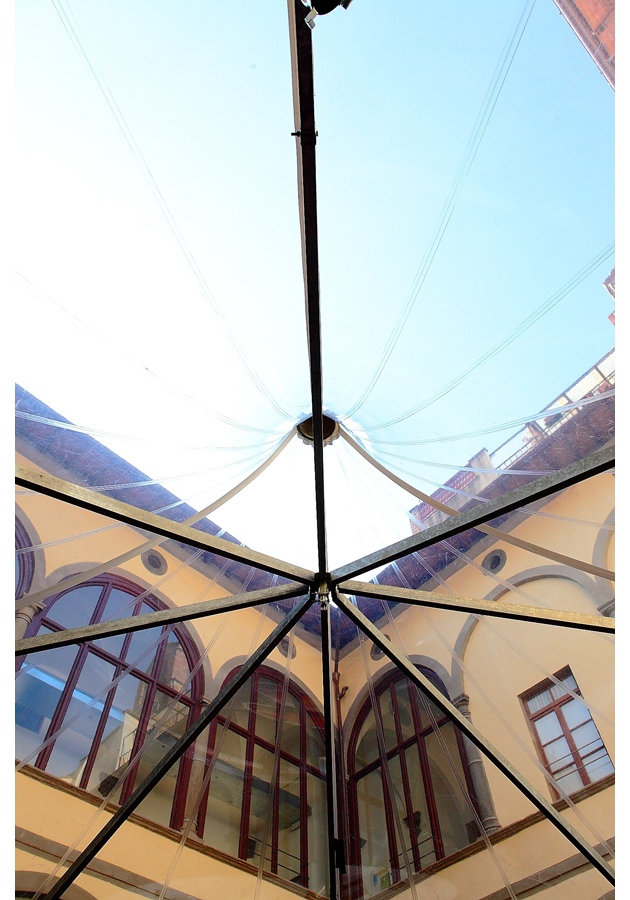Istituto Europeo di Design, more commonly known as IED, is a fashion and design school that has been in business since the first campus opened in Milan, 1966. With a total of eleven locations in Italy, Spain and Brazil, IED works as an international network, offering short courses, three-year-programs, masters as well as one-year-diploma courses training young professionals. The school has since the beginning focused on the synergies between technology and experimentation. On top of the creativity aspect, the campuses concentrate also on the aspects of strategies and integrated communication, market issues and a new form of professionalism. The Blogazine spoke to Sara Azzone, director of IED Moda in Milan and Annaluisa Franco, coordinator and professor at IED in Florence, to find out more about a network that keeps on growing internationally.
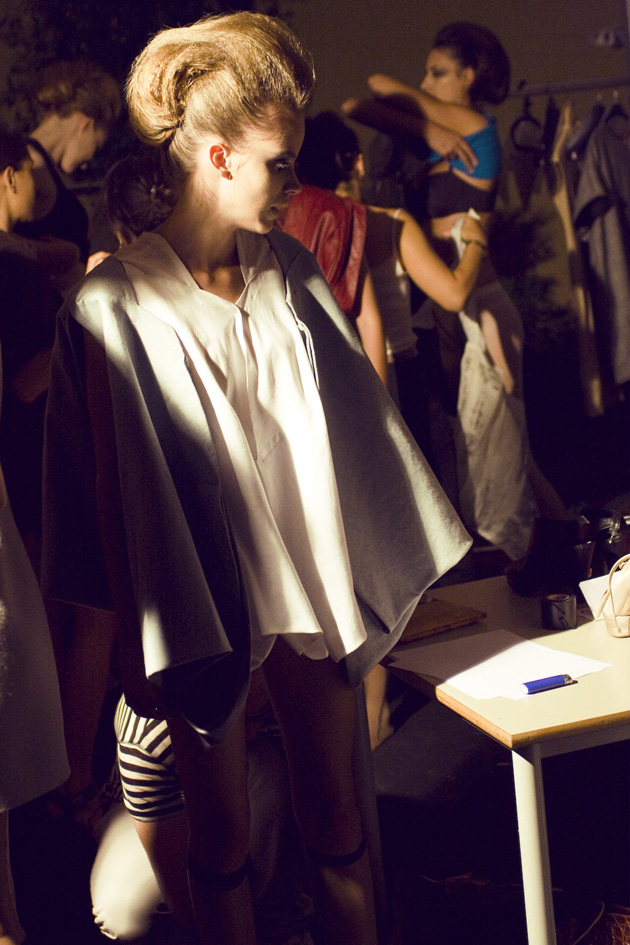
“It might sound banal, but we must rely upon the past to make the future. One great lesson of Italian fashion is to base creativity upon functionality, as a reason for the beauty of a garment. I do think this is of crucial importance to move forward to the next design paradigm and overcome the current crisis”, says Sara Azzone when we start talking about Italian fashion, the school’s heritage and the concept of Made in Italy. Continuing to speak about Milan as a student city she says: “For both Italian and foreign students, Milan is one of the few places in Italy offering an international and complete perspective on the world of design. This means two things: as for business, collaborations with renowned companies, multifaceted job opportunities and contacts with a myriad of people who belong to this world; as for fashion design, the opportunity to have a daily contact with fashion along with a real perception of what it is, in order to use it as a tool for personal and professional growth.”
Annaluisa Franco continues: “IED is not ‘just’ a fashion, design, visual arts or management school. The co-existence of these departments truly creates a community of fresh-minded people that learn a transversal approach to the current job market and have multiple skills.” As for what Florence brings to the table she replies: “IED chose Florence mainly for the accessibility that Florence and Tuscany offer to the design fields. Many of the best-known Italian companies worldwide produce, design and sell their goods in Tuscany first. This is particularly true for fashion and high-level design brands. The connection with the region, with the know-how and high quality of artisanal works is strong. It’s a dynamic situation that brings great benefits to the students. Not only are they immersed in the cultural heart of Italian Renaissance, though rich with inspiration, but they are also close to a lot of small, medium and large companies.”
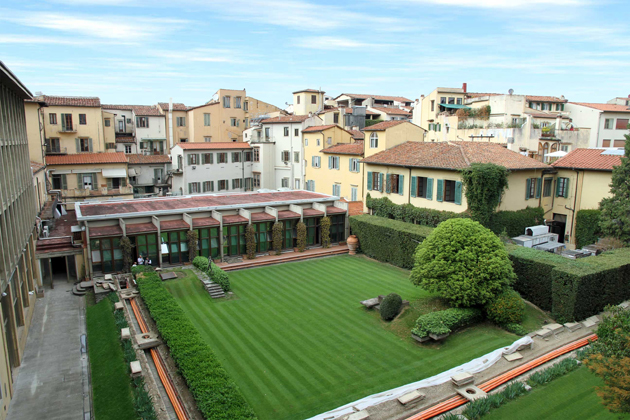
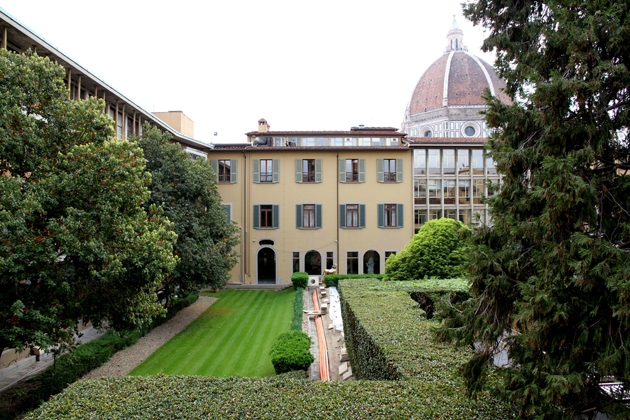
Both Franco and Azzone mention a strong relation between the different IED campuses but point out that each IED city maintains its identity, strongly connected to the culture and society of the country. A student won’t find the same undergraduate or master program in more than one location, however, the benefits of being an international network facilitates exchanges between campuses. All the IED venues also work with a variety of teachers coming straight from the professional world. “It’s fundamental” says Annaluisa Franco. The school uses an experiential, applicative and hands-on didactic approach, in which teachers who simultaneously works for companies within the industry become important. The students are given an every-day-view of the working world, where the true challenges, as well as solutions, can be discussed. “Professionals may take teaching classes to improve their in-class presence but if you’ve never worked in the professional world, you will end up having nothing to teach about.”
Sara Azzone agrees. “What makes the difference, of being a ‘good’ fashion school, is the capacity to prepare your students to face the demands of this world by training them as true professionals and giving them the opportunity to be constantly in touch with people working in contemporary fashion.”
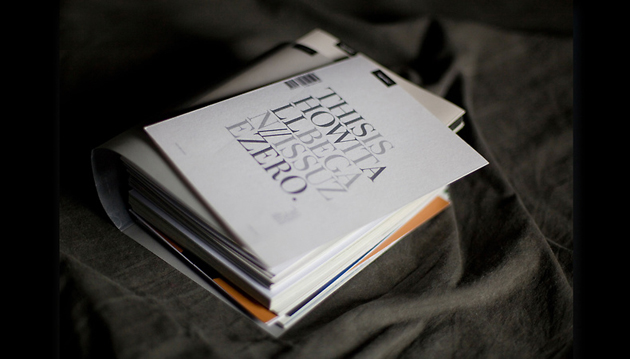
“At the risk of sounding blasé – the world is not what it used to be”, comments Franco when the discussion goes towards the difficulties of the business of today and the changes of an industry in constant progress. “What attracts people in fashion has changed, often these changes are still overlooked and non-defined. To only offer ‘fashion design’ when the industry is looking for social media experts, CAD-CAM modeling know-how or eco-innovators doesn’t make sense. The jobs and figures in the industry are new and therefore we, on the educational side, have to create a structure for something that others don’t know how to ask for yet.”
During its almost 50 years of existence, Istituto Europeo di Design has built up a dynamic and interconnected system – effective and stimulating and a place where its students can create their first network of connections. So, what is the recipe for success in a business that only seem to become tougher? “Read, watch, listen, talk to people, absorb as much as you can – there is no other way to be successful. Do not be afraid to express yourself – and of course, work hard.”
